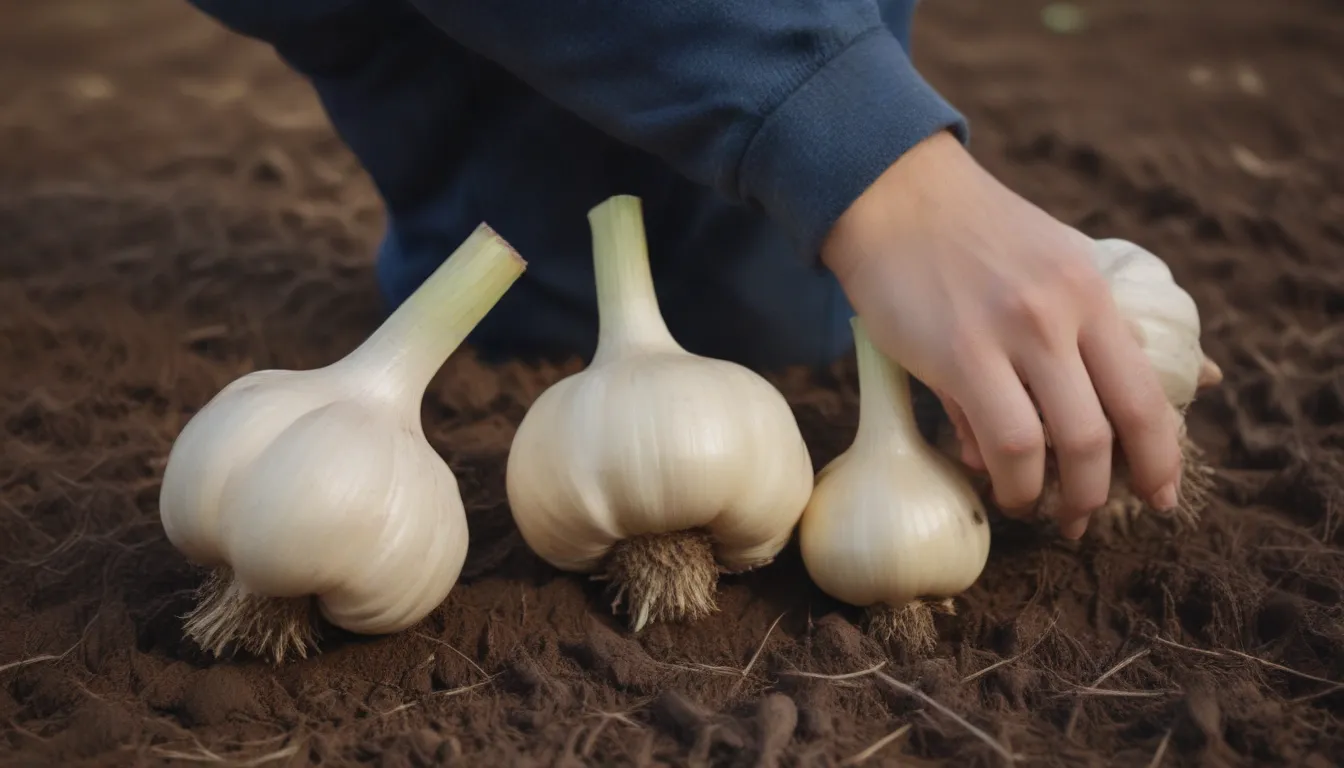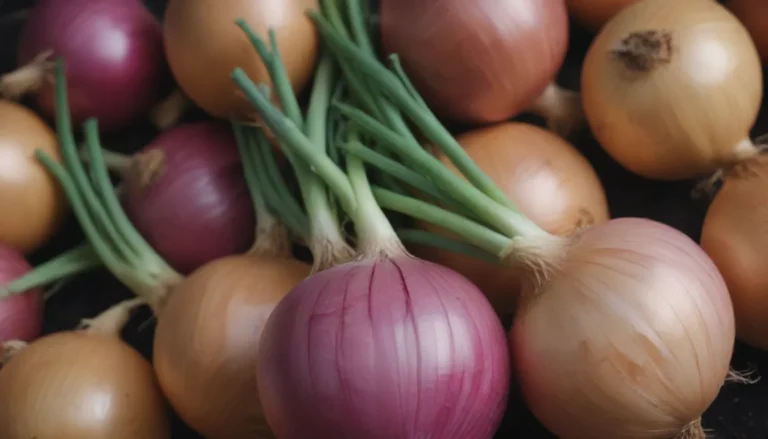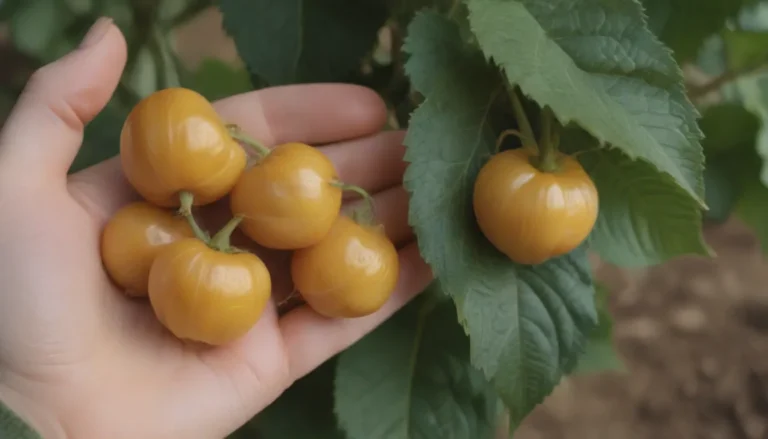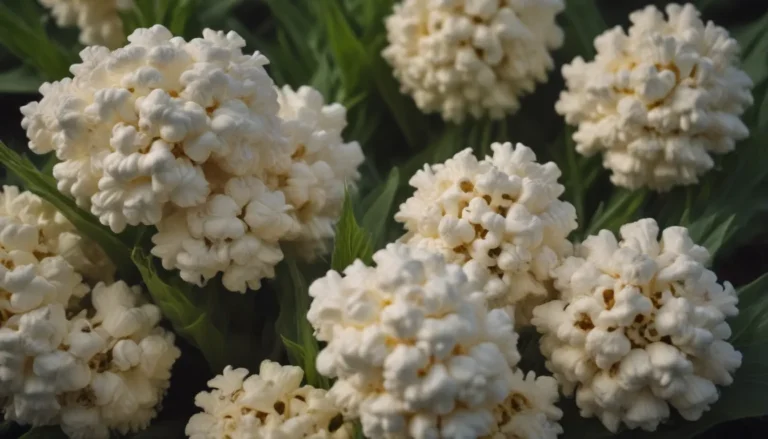Planting Garlic in the Fall: Tips for a Successful Harvest

Are you a garlic lover who dreams of having a fresh supply of this flavorful herb at your fingertips? Planting and harvesting your own garlic is not only rewarding but also allows you to enjoy the freshest garlic in all your culinary creations. Whether you have a small backyard garden or a vast plot of land, planting garlic can be a fun and fulfilling experience. If you’re considering growing your own garlic, it’s essential to know the best time to plant it for optimal growth and flavor. In this article, we will dive into the details of planting garlic in the fall for the most success.
Why Fall is the Best Time to Plant Garlic
Planting garlic in the fall provides several advantages that contribute to a successful harvest. When you plant garlic in the fall, the cloves have ample time to develop strong roots before the plant goes dormant for the winter. This process, known as vernalization, is essential for garlic’s growth and development. Vernalization involves exposing the garlic cloves to temperatures below 50°F for eight to twelve weeks, simulating the natural conditions that trigger garlic’s growth cycle.
By planting garlic in the fall, you ensure that the cloves have sufficient time to undergo vernalization and establish strong root systems. This sets the stage for robust growth in the spring, resulting in larger bulbs and higher yields. While it is possible to plant garlic in the spring, planting in the fall is the preferred method for optimal results.
Selecting and Preparing Garlic Cloves for Planting
Before you can plant garlic in the fall, you need to select the right cloves for planting. Choose large, healthy cloves from your seed garlic bulbs, ensuring they are free of any defects. Quality cloves will give you the best chance of a successful harvest.
Once you have selected your garlic cloves, it’s time to prepare them for planting. Separate the cloves from the bulb, making sure to leave the papery skin intact. This skin protects the cloves and helps them retain moisture during the planting process.
Planting Garlic in the Fall: Step by Step
Planting garlic in the fall is a straightforward process, but a few key steps can help ensure a successful harvest:
- Selecting a Variety: There are many varieties of garlic to choose from, each with its unique flavor profile. Consider your culinary preferences and growing conditions when selecting a variety.
- Preparing the Soil: Garlic is a heavy feeder and requires nutrient-rich soil to thrive. Before planting, amend your soil with compost or organic fertilizer to provide the necessary nutrients for healthy growth.
- Planting Depth: Plant garlic cloves about 2 inches deep, spacing them 4-6 inches apart in rows. Ensure the pointed end of the clove is facing up and the flat end is down.
- Watering: Water the garlic cloves immediately after planting to help them establish roots. Continue to water every two to three days until the first frost, then stop during the winter months when the garlic is in dormancy.
Winter Care for Garlic
Protecting your garlic crop during the winter months is essential for a successful harvest. Cold temperatures and harsh conditions can stress the plants, leading to reduced yields or even crop failure. To ensure your garlic survives the winter, follow these tips:
- Mulching: Cover your garlic plants with 3 to 4 inches of organic mulch or hay before the first frost. This will help insulate the soil and protect the plants from freezing temperatures.
- Remove Mulch in Spring: As temperatures rise and spring approaches, remove the mulch from your garlic plants. This will allow the shoots to emerge and begin growing in earnest.
- Monitor Growth: Keep an eye on your garlic plants as they emerge from dormancy. Look for signs of growth, such as shoots breaking through the soil, and adjust your care routine accordingly.
By providing proper care and protection during the winter months, you can ensure that your garlic crop thrives and produces bountiful harvests in the spring.
Tips for Growing Great Garlic in the Fall
To help you achieve the best results with your fall garlic planting, here are some additional tips to keep in mind:
- Soil Preparation: Before planting, add bone meal or a fertilizer with a balanced NPK formula (5-10-10) to the soil. This will provide essential nutrients for the garlic plants to thrive.
- Planting Schedule: Plant garlic in the fall before the ground freezes, typically between September and November, depending on your location. This will give the cloves ample time to establish roots before winter.
- Weeding: Keep the area around your garlic plants weed-free to prevent competition for nutrients and water. Mulching can help suppress weed growth and retain soil moisture.
- Harvesting: Garlic is typically ready to harvest when the tops begin to yellow and dry out. Lift the bulbs gently from the ground, brush off excess soil, and allow them to cure in a warm, dry place before storage.
Following these tips and best practices can help you grow healthy, robust garlic plants and enjoy a bountiful harvest come springtime.
In conclusion, planting garlic in the fall is a rewarding and enjoyable experience that can provide you with a fresh supply of this flavorful herb for all your culinary creations. By following the tips and guidelines outlined in this article, you can ensure a successful garlic harvest and enjoy the many benefits of growing your own garlic at home. Happy planting!





